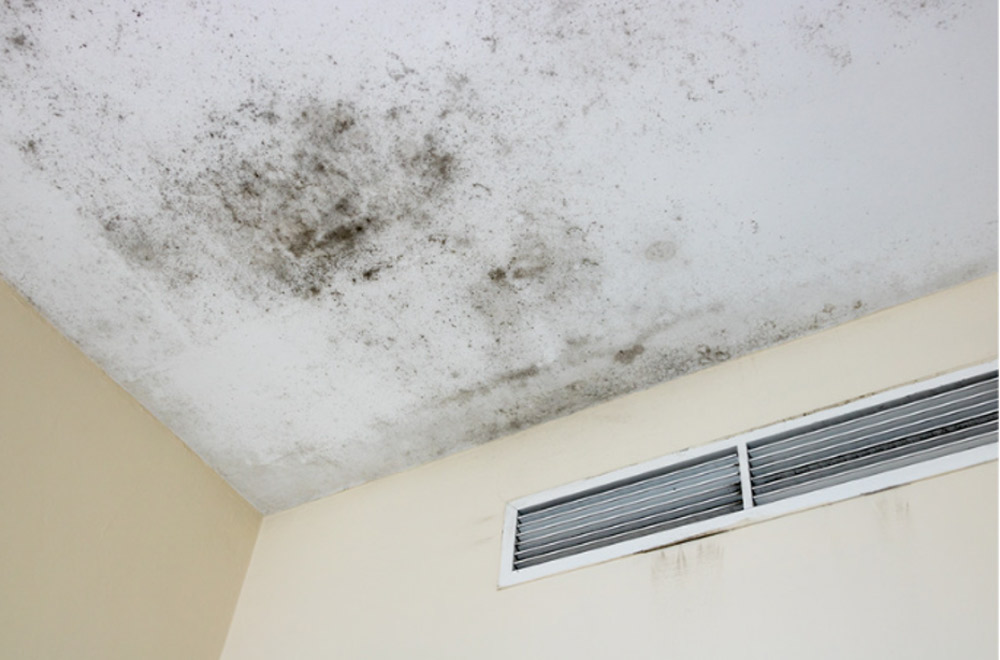Mold is a common but often misunderstood problem that can have serious implications for your health and home. This guide will help you understand what mold is, where it can be found, the environment it needs to grow, how it spreads, and the risks and impacts it can have.
What is Mold?
Mold refers to various types of fungi that thrive in moist environments. It reproduces through spores that float through the air and can settle on surfaces where moisture is present. Mold can grow on virtually any organic material, including wood, paper, carpet, and food. Mold spores are microscopic and invisible to the naked eye, making them easily airborne and capable of spreading quickly in indoor environments.
Where can Mold be Found?

Environment for Mold Growth
For mold to grow, it needs four basic elements:
- Moisture: Mold thrives in damp or humid conditions. Leaks, condensation, or high humidity levels can provide the necessary moisture.
- Nutrient: Mold feeds on organic materials, such as wood, paper, paint, and fabric. These materials provide the nutrients mold needs to grow.
- Temperature: Most molds grow best in warm temperatures between 25°C to 30°C. However, some molds can also grow in cooler conditions.
- Oxygen: Mold requires oxygen to grow, although it can grow in low-oxygen environments as well.
Spread and Growth of Mold
Mold spreads by releasing spores into the air. These spores can travel long distances and settle on surfaces where they can start new mold colonies if the conditions are right. Once settled, mold can grow quickly, often within 24-48 hours. It can penetrate deep into porous materials, making it difficult to remove completely without professional help.
Risks and Impacts of Mold
Mold can have significant impacts on indoor air quality and health:
- Health Risks: Exposure to mold can cause allergic reactions, respiratory problems, and exacerbate asthma symptoms.
- Structural Damage: Prolonged mold growth can damage building materials, compromising structural integrity.
- Unpleasant Odors: Mold often produces a musty smell that can permeate living spaces, making them uncomfortable and uninviting.
Understanding mold, its risks, and how to prevent and manage it is crucial for maintaining a healthy indoor environment. By implementing proactive measures and knowing how to respond when mold is present, you can effectively protect your home and health from the detrimental effects of mold.
These preventive measures are essential for managing mold growth, but for long-lasting solutions, let Aethify be your partner. For professional Mold Remediation and indoor air quality solutions, contact us today. Our expert team is dedicated to helping you achieve a mold-free and purified environment.




